Motorola XOOM Wi-Fi + Verizon Wireless Tablet PC Review
Motorola Xoom Benchmarks
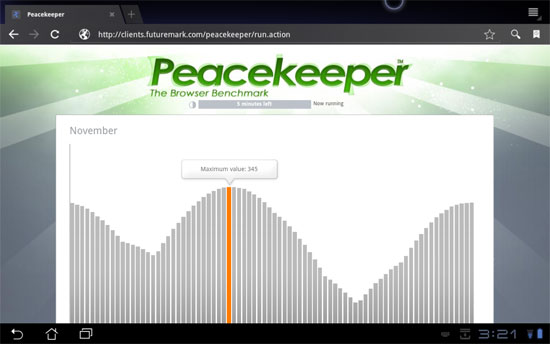
Peacekeeper is a new online benchmark from Futuremark that realistically simulates the load placed on the browser by common JavaScript functions as used by popular, modern websites. For users who prioritize speed and performance, Peacekeeper helps answer the question of which browser or tablet is the best for them.
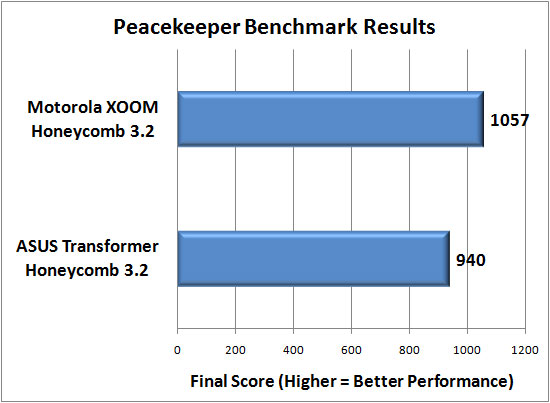
Both the Motorola Xoom and ASUS Transformer have the same browser, so a larger difference wasn’t expected. After running the benchmark five times and averaging the runs we found the Motorola Xoom to be slightly faster for web browsing.
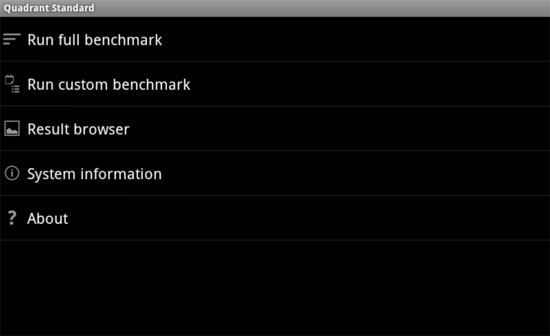
Quadrant is a CPU, I/O and 3D graphics benchmark. The Standard Edition requires an Internet connection to compute benchmark results and is supported by ads, but that should be fine for most users. We used version 1.1.7 for benchmarking the tablets.
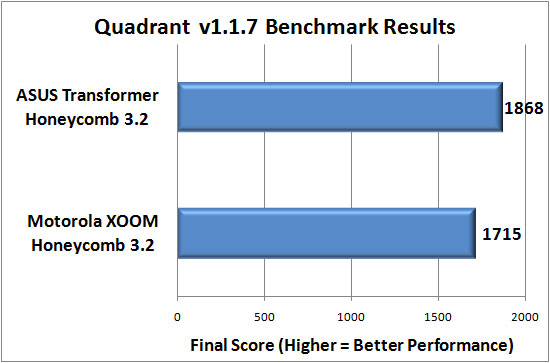
We ran the Quadrant benchmark five times and averaged the benchmark scores to get the numbers you see in the chart above. Quadrant showed that the Motorola Xoom had a final score of 1715 and the ASUS Transformer has a score of 1868. Both the Motorola Xoom and the ASUS Transformer TF101 have screen resolutions of 1280×800, so the benchmarks we are using shouldn’t vary due to the video benchmarks.
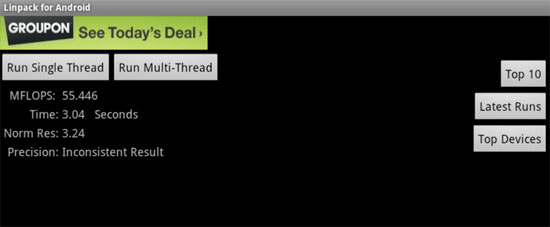
The LINPACK Benchmarks are a measure of a systems floating point computing power. Introduced by Jack Dongarra, they measure how fast a computer solves a dense N by N system of linear equations Ax = b, which is a common task in engineering. The solution is obtained by Gaussian elimination with partial pivoting, with 2/3*N3 + 2*N2 floating point operations. The result is reported in Millions of FLoating-point Operations Per Second (MFLOP/s, sometimes simply called FLOPS). This test is more a reflection of the state of the Android Dalvik Virtual Machine than of the floating point performance of the underlying processor. Software written for an Android device is written using Java code that the Dalvik VM interprets at run time. We used version 1.2.8 for benchmarking the tablets.
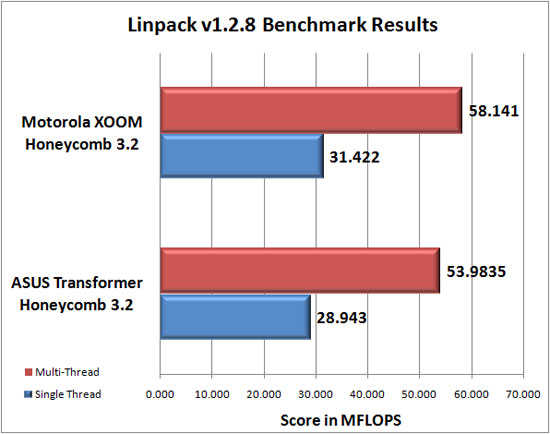
The Motorola Xoom did well on the Linpack benchmark in both single and multi-threaded benchmarks. The Xoom was able to score better than the Transformer TF101 in this benchmark.

NenaMark is a benchmark of OpenGL ES 2.0, using programmable shaders for graphical effects such as reflections, dynamic shadows, parametric surfaces, particles and different light models to push the GPU to its limits. It can be downloaded from the Android Market or nena.se. We used NenaMark version 1.8 for benchmarking the tablets.
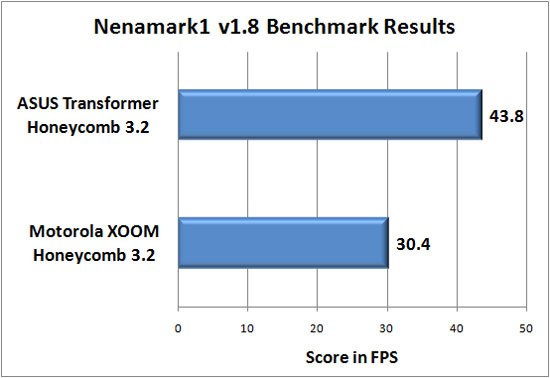
When it comes to this OpenGL ES 2.0 benchmark the Motorola Xoom scored 30.4 FPS and the ASUS Transformer TF101 scored 43.8 FPS. This is a fairly large performance gap for two tablets that share a 1280×800 screen resolution.

Comments are closed.